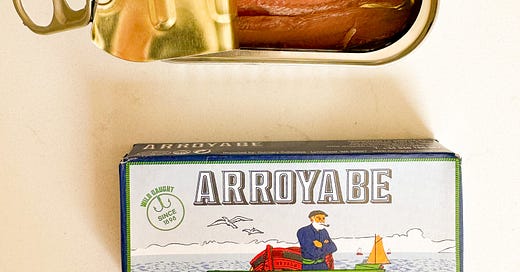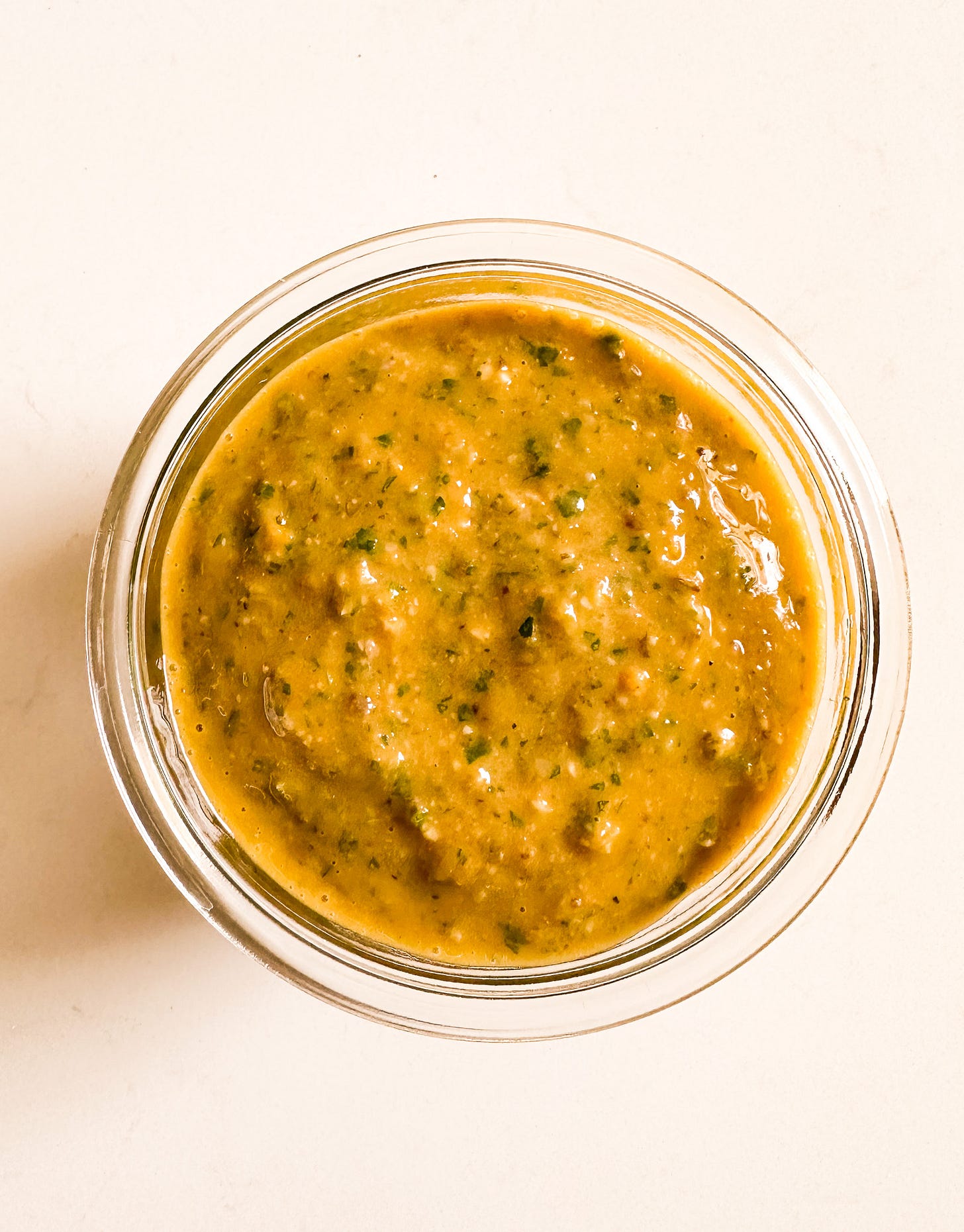I worked in a tavern the first summer of university. It was called the SeaHorse - a dark, moody place in the basement of an old Georgian building. Mac worked the bar. His blond hair flowed into his stubble, and his belly hit the counter whenever his weathered hands wiped down the bar. Mac called me the Ivory Girl. Ivory Girls were prim. Ivory Girls pulled their long hair into unsexy ponytails when the air got warm and sticky. Ivory Girls didn’t make enough for our pool of tips.
My hair was long that summer, sun-kissed from dipping my hand in salty water and smoothing it over my head while rowing on the Northwest Arm. I wore it in a ponytail most days; it was easiest that way, swooping it up and wrapping an elastic around its girth, as thick as a quarter. I wasn’t interested in the power of long hair, the way thick tresses parted on the side and flipped over like Cindy Mancini in Can’t Buy Me Love could garner bar tips or attention. My hair was thick and heavy. I liked to pull it up.
A year later I would cut it all off. I can’t remember exactly what spurred that decision. Maybe I got tired of the weight of that ponytail, or the conversation it garnered in the tavern. It was probably the hair crush I had on a girl from Sweden. That was the summer I was subletting a flat with my friend Paddy, finally out of my parents’ basement. Some friends from university - a few international students - were renting a little house up the street. We spent many nights cooking in their little kitchen, pulling the kitchen table outside to sit and drink beer under the stars, and hanging out with students who were travelling through, like the Swede with the really good, wispy short hair.
I was a twenty minute walk from the home where I grew up, a ten minute bike ride to my summer job, a 30 second coast down the hill from the rowing club. These Europeans with their music, food and Superga sneakers took me places I had never been before. I loved it.
Any hair stylist would say that a long face crowned with thick, wavy hair won’t become wispy and Swedish blond when cut. I didn’t think about that; I was filled with the adrenalin that comes with a new look. I couldn’t wait to meet my new self. She would be vibrant, forward, and from somewhere far away. Malcolm, the middle-aged English man who cut hair with his dog at his feet, didn't stop to discuss my vision. I emerged from the salon with an early Princess Diana cut, bangs feathered over my left eye and thick, honey-coloured hair molded around my ears. I passed an elderly lady on the street who stopped, reached out and said, “it’s so beautifully smooth, can I touch it?” My hair fluffed into a smooth bowl when I exercised. It required taming when I woke up every morning. I discovered I had a cowlick above my right eyebrow, a feature that lifted and enhanced long hair, but only made my hair tip upwards toward what would be known a few years later, as Something About Mary bangs.
It wasn’t my first hair disaster. I had endured an awkward grow-out period in grade seven, when I had finished with the short hair that punctuated my childhood. My sister and I rinsed our hair that summer with a reddish henna that did distract from the thick bulk that was my hair, but the burgundy tone against my pale pink cheeks made me look goth, with scurvy. There was a rat tail at one point, and a summer where I drenched my bangs in Sun In. The university grow-out was just as bad. My graduation photo captured a q-tip puff of hair that was only encouraged by daily shampooing. I wouldn’t learn for another ten years that dirty, salty, smoky hair, only achieved when rowing in the mornings and working in a bar at night, was the answer.
I now know that I can feed wanderlust with things like clothing, a scent, books, music or movies. But never, ever, with my hair.
My friend Asia fed my wanderlust just last week. She decanted a thick, textured dip studded with flecks of green into a bowl, surrounded it with sliced peppers and sourdough, then stood back as we all guessed what it was we were tasting. Red peppers? Garlic? Fennel? Anchovies! And something sweet, what could it be? Figs? It was a Diana Henry recipe, Asia told us, from one of her earlier books- Crazy Water, Pickled Lemons - Enchanting Dishes from the Middle East, Mediterranean and North Africa. I should have known. Henry’s recipes are always transportive and filled with personality. Henry calls the recipe Austin De Croze’s Fig Anchoïade. Austin de Croze, google tells me, was a French writer, folklorist, musician, pioneer of regional food writing and tourism, and author of the 1931 book What to Eat and Drink in France: A Guide to the Characteristic Recipes & Wines of each French Province. His version of Anchoïade - an elaborate spin on a traditional Provençal spread made from anchovies, olive oil, garlic and white wine vinegar - came from that book.
Substitutions are welcome in this recipe. Fresh figs were in the original recipe, Diana Henry calls for dried. A handful of fennel fronds and a splash of Pastis (the licorice flavoured liqueur from the South of France) has become a teaspoon of fennel seeds. Orange flower water (I found a bottle in the International section of my local grocery store) could be the rind1 of a few oranges. Have fun and keep people guessing.
Austin De Croze’s Fig Anchoïade -from Diana Henry’s Crazy Water, Pickled Lemons
3 dried figs
1 red pepper, roasted (I used yellow, not as nice a colour for the end product - roasted peppers from a jar also work just fine)
2 x55g tins anchovy fillets in olive oil - (Asia and I both used 1 tin, taste and see)
2 garlic cloves
12 blanched almonds
Handful flat leaf parsley
1 tsp fennel seeds
Black pepper
Juice of ½ a lemon
100-150ml extra virgin olive oil
1-2 tsp orange flower water, or to taste
Soak the figs in hot water for about 15 minutes, then drain.
Put everything, except the oil and orange flower water, into a food processor. Purée mixture while adding the oil in a steady stream. Taste and add orange flower water 1 teaspoon at a time in case you find it too perfumed.
“That’s it,” writes Henry. “And the flavour keeps on getting better. Covered and kept in the fridge, the dish will be fine for about five days.”







I remember Mac like it was yesterday :)